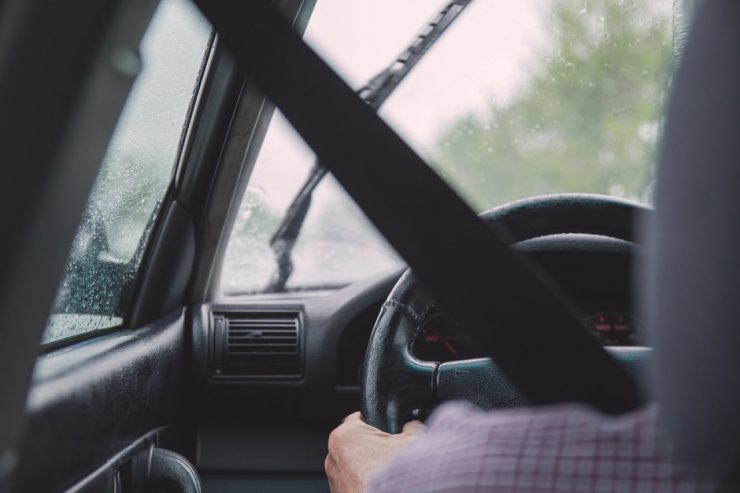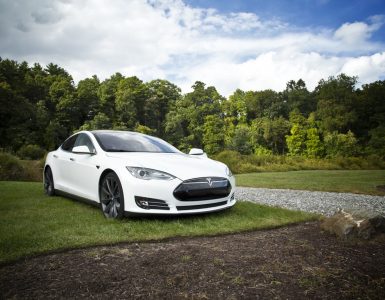Knowing that you’re fully covered in the event of an accident is a great feeling, however what’s even better is when you’re fully covered and you don’t need to use it.
After all prevention is better than cure.
Recently at Cheap Car Insurance, we looked at some of the leading causes of accidents and what time or day they usually occur.
With that in mind, we want to make sure you never need to make a claim because your car is running safe and sound. And better still making sure you’re safe on the roads.
Look after your tyres
Your tyres are the only part of the car that are actually in touch with the road and it’s only a few square centimeters per tyres that actually makes contact.
If you have a brand new, top of the range, high performance vehicle – it won’t make any difference if you’re working with poor quality or worn tyres.
Wet conditions are the obvious enemy for drivers, as traction on the road is significantly reduced. To counter that issue you need to insure that your tyres have a deep tread. Reconditioned tyres are often a cheap option but are not ever going to be as effective.
You car comes with factory standard tyres, however consider speaking to an expert at a tyre centre to find out the tyres that are going to perform best on your car.
Alternatively, your car’s manufacturer will have details on the types of tyres you should be using with your.
Similarly your tyres need to be inflated to the correct tyre pressure for the type of tyre that you’re running. If you’re using a low profile, high performance tyre, you’ll need higher pressure than a standard factory tyre.
Incorrect tyre pressure significantly impacts your steering ability by causing drag and also impacts your ability to break effectively.
Remember 23% of all accidents occur from rear end collisions. Good quality, well maintained tyres can significantly improve your ability to avoid trouble on the roads.
Look behind you – Reversing Cameras
As we pointed out recently, the vast majority of accidents occur in parking lots and when reversing.
A reversing camera gives you the ability to see directly behind the car along with guides about how far away from objects your car currently is.
Reversing cameras are not only an important safety feature for your car, but also for your family and other pedestrians as there are a significant number of accidents each year in home driveways, caused by cars reversing in and out.
Once reserved for higher end models, reversing cameras are now standard in many cars, with a wide range of aftermarket cameras also available that range in price from $50 to $500, depending on the quality, screen size, resolution and the angle that the camera covers. Ideally you want a camera that can cover 180 degrees.
Generally, reversing cameras are installed as a separate monitor that attaches to your dashboard or windscreen, or as an alternate rear vision mirror that activates when you put the car in reverse.
Watch those blind spots
For years motorists have literally been forced to look over their shoulder to make sure there isn’t a car in their blind spot when changing lanes.
In peak hour and on busy freeways, it’s vitally important that you change lanes safely.
For budget conscious motorists, there is the option of simply adding a blind spot mirror, which is just a small curved attachment, that allows you to see a wider range than a traditional side mirror.
However a more recent innovation is a blind spot detector.
These devices operate in a similar fashion to your traditional parking sensors. When there’s a car in your blind spot they either activate a warning light or make a sound to let the driver know that the path is not quite clear.
Similar to a reversing camera, you can get a range of aftermarket blind spot warning systems to suit your budget.
And remember 3.5% of accidents are caused by changing lanes.
Cheap Car Insurance Benefits
Best of all when you improve your car’s safety features – you might be entitled to lower premiums.
Speak to your insurer to see whether adding some basic safety features to your car can save you some money in the long run.















Add comment